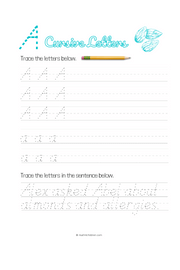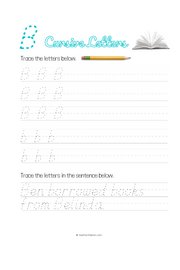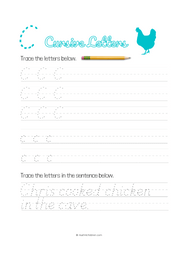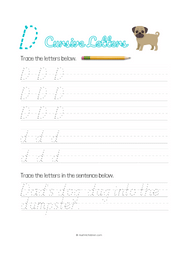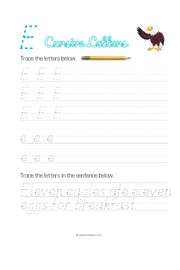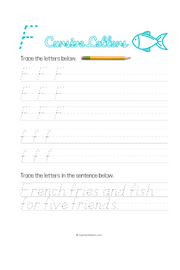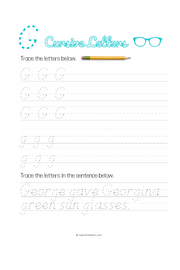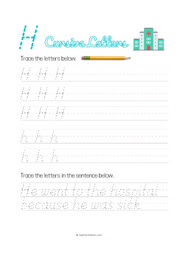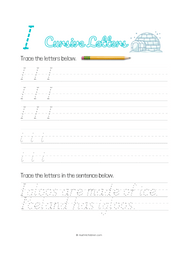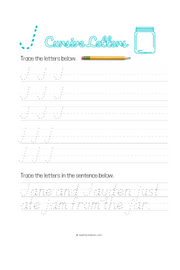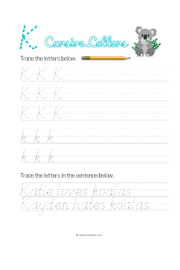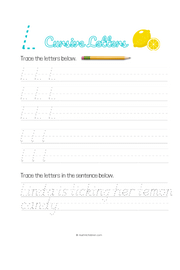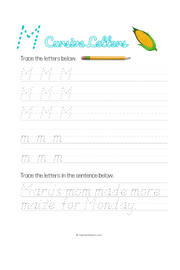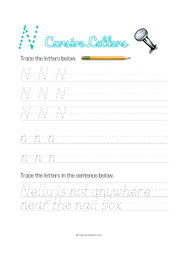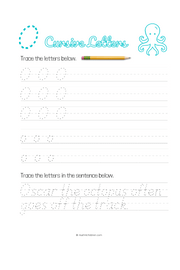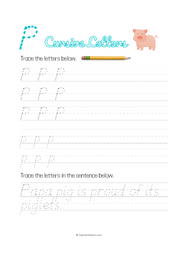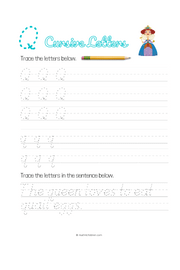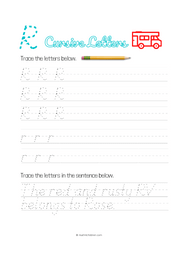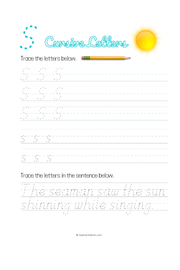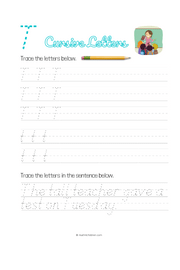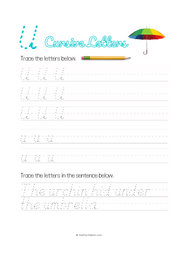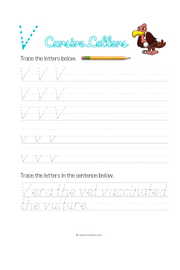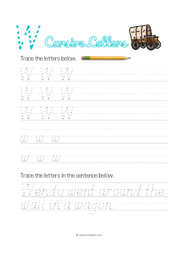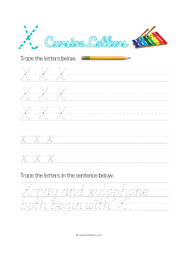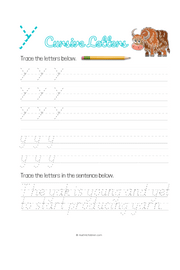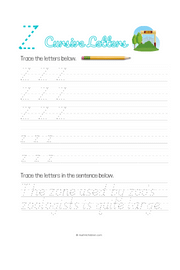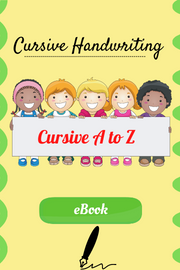Alphabet Box Letters: Enhancing Learning Through Tactile Exploration
Alphabet box letters are educational tools designed to help children learn the alphabet in a fun and interactive way. These letters come in various forms, including wooden, plastic, and foam, and are widely used in early childhood education settings. In this article, we will explore the different types of alphabet box letters, their benefits, how to use them effectively, and best practices for choosing the right set for your child or classroom.
What are Alphabet Box Letters?
Alphabet box letters are physical representations of each letter of the alphabet. They are typically small and designed to be handled by children. These letters often come in a storage box or container, hence the name "alphabet box letters." They can be found in different materials such as wood, plastic, or foam, each offering unique tactile experiences for young learners.
Importance of Alphabet Box Letters in Education
In the journey of early childhood education, mastering the alphabet is a crucial milestone. Alphabet box letters play a vital role in helping children recognize and memorize letters, laying a strong foundation for literacy skills development. Their hands-on nature engages children's senses and makes learning enjoyable and memorable.
Types of Alphabet Box Letters
There are several types of alphabet box letters available in the market, each with its own characteristics and benefits.
Wooden Alphabet Box Letters
Wooden alphabet box letters are durable and have a classic aesthetic appeal. They provide a tactile experience as children feel the texture of the wood while exploring the shapes of the letters. Wooden letters are often painted in bright colors, making them visually appealing to young learners.
Plastic Alphabet Box Letters
Plastic alphabet box letters are lightweight and easy to clean, making them suitable for classroom settings. They come in a variety of colors and styles, allowing children to engage in sorting and matching activities. Plastic letters are often magnetic, adding an extra element of fun as children can stick them to magnetic surfaces.
Foam Alphabet Box Letters
Foam alphabet box letters are soft and squishy, perfect for sensory play. They are lightweight and safe for young children to handle. Foam letters often come in bright colors and are floatable, making them ideal for bath time learning activities. The soft texture of foam letters provides a tactile experience that enhances sensory exploration.
Benefits of Using Alphabet Box Letters
Using alphabet box letters offers numerous benefits for children's cognitive and physical development.
Enhancing Literacy Skills
Alphabet box letters help children recognize and memorize letters of the alphabet, laying the foundation for reading and writing skills. By engaging multiple senses, including touch and sight, alphabet box letters make learning letters more interactive and memorable.
Promoting Fine Motor Skills
Manipulating small objects like alphabet box letters helps develop children's fine motor skills. Picking up, sorting, and arranging letters require hand-eye coordination and finger dexterity, which are essential for tasks like writing and drawing.
Encouraging Tactile Learning
Tactile learning, or learning through touch, is essential for young children's cognitive development. Alphabet box letters provide a hands-on experience that stimulates sensory receptors in the hands, promoting neural connections in the brain associated with letter recognition and literacy.
How to Use Alphabet Box Letters
There are various ways to incorporate alphabet box letters into educational activities to maximize learning outcomes.
Incorporating Alphabet Box Letters in Early Childhood Education
In early childhood classrooms, alphabet box letters can be used in literacy centers, small group activities, or one-on-one instruction. Teachers can create hands-on activities such as letter matching games, alphabet scavenger hunts, or sensory bins filled with alphabet letters for children to explore.
Fun Activities with Alphabet Box Letters
At home, parents can engage their children in fun and educational activities using alphabet box letters. These activities can include building words, spelling out their names, or creating alphabet art projects. By making learning playful and engaging, parents can instill a love for learning in their children.
Tips for Parents and Educators
When using alphabet box letters with children, it's essential to provide guidance and support to ensure meaningful learning experiences. Here are some tips for parents and educators:
- Encourage exploration and experimentation with alphabet box letters.
- Model proper letter formation and pronunciation.
- Scaffold learning activities based on children's individual needs and abilities.
- Celebrate progress and success to build confidence and motivation.
Best Practices for Choosing Alphabet Box Letters
When selecting alphabet box letters for your child or classroom, consider the following factors to ensure quality and educational value.
Considerations for Material and Durability
Choose alphabet box letters made from sturdy materials that can withstand frequent use. Wooden and plastic letters are more durable than foam letters and are less likely to break or wear out over time.
Ensuring Safety Standards
Ensure that alphabet box letters meet safety standards and are free from harmful chemicals or choking hazards, especially if they will be used by young children. Look for products that are certified non-toxic and age-appropriate.
Evaluating Educational Value
Select alphabet box letters that offer educational value beyond simple letter recognition. Look for sets that include uppercase and lowercase letters, as well as additional features like numbers, shapes, or phonetic symbols. Choose letters that can be used for a variety of learning activities to keep children engaged and challenged.
Conclusion
Alphabet box letters are valuable tools for promoting early literacy skills and fostering a love for learning in young children. By providing hands-on, tactile experiences, these letters make learning the alphabet fun and interactive. Whether used in classrooms or at home, alphabet box letters offer endless opportunities for exploration and discovery.
Incorporating alphabet box letters into educational activities can enhance children's cognitive and physical development, setting them on a path towards academic success. By following best practices for choosing and using alphabet box letters, parents and educators can support children's learning journey and help them reach their full potential.
FAQs
1. Are alphabet box letters suitable for toddlers?
Yes, alphabet box letters are suitable for toddlers as young as 18 months old. However, adult supervision is recommended to ensure safe play.
2. How can I make alphabet learning fun for my child?
You can make alphabet learning fun by incorporating hands-on activities with alphabet box letters, such as sorting, matching, and building words.
3. Can alphabet box letters be used for children with special needs?
Yes, alphabet box letters can be adapted to meet the needs of children with special needs. They offer tactile stimulation and can be used as a multisensory teaching tool.
4. What is the ideal age to introduce alphabet box letters?
Alphabet box letters can be introduced as soon as children show an interest in letters, typically around 2-3 years old. However, they can be enjoyed by children of all ages.
5. Where can I purchase alphabet box letters?
Alphabet box letters are available at toy stores, educational supply stores, and online retailers. Be sure to choose a set that meets safety standards and offers educational value.

